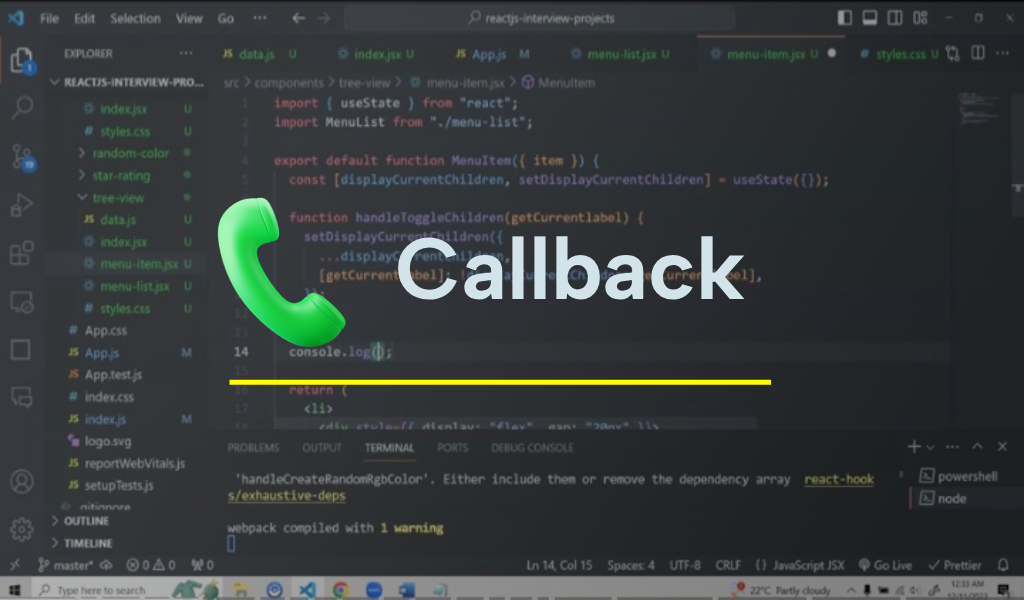Setting Up SSH with GitHub and Pushing Your First Commit

If you are working with Git and GitHub, it is a good practice to use SSH keys for authentication instead of typing your username and password every time. In this guide, we’ll generate an SSH key, configure Git, and push code to GitHub.
1. Generate a New SSH Key
Run the following command to create a new SSH key (RSA, 4096-bit):
ssh-keygen -t rsa -b 4096 -C "your@email.com"
When prompted, enter the file location where you want to save your key (you can customize it):
Enter file in which to save the key (/c/Users/wts/.ssh/id_rsa): /c/Users/wts/.ssh/id_rsa
2. Verify SSH Keys
Navigate to your .ssh folder and check your keys:
ls -al ~/.ssh
Print the public key to your terminal (then copy it):
cat ~/.ssh/id_rsa.pub
3. Configure Git User
Set your Git username and email (use the email on your GitHub account):
git config user.name "your-username"
git config user.email "your@gmail.com"
4. Tell Git to Use Your SSH Key
Make Git always use the newly generated key for GitHub:
git config core.sshCommand "ssh -i ~/.ssh/id_rsa"
Check or edit the Git configuration if needed:
git config -e
5. Add SSH Key to GitHub
- Open GitHub and go to Settings → SSH and GPG keys.
- Click New SSH Key.
- Give it a descriptive title.
- Paste your public key (id_rsa.pub) into the Key field.
- Click Add SSH Key.
6. Link Your GitHub Repository
Add the remote repository:
git remote add origin git@github.com:your-username/your-repo.git
If you need to change the URL later:
git remote set-url origin git@github.com:your-username/your-repo.git
7. Test SSH Connection
ssh -T git@github.com
You should see a message like:
Hi your-username! You've successfully authenticated, but GitHub does not provide shell access.
8. Initialize Git and Push Code
Initialize your repository:
git init
Stage and commit your files:
git add .
git commit -m "First commit"
Set the remote (if not already set) and push to GitHub:
git remote add origin git@github.com:your_username/test.git
git push --set-upstream origin main
Done! You’ve successfully set up SSH with GitHub and pushed your first commit securely.


